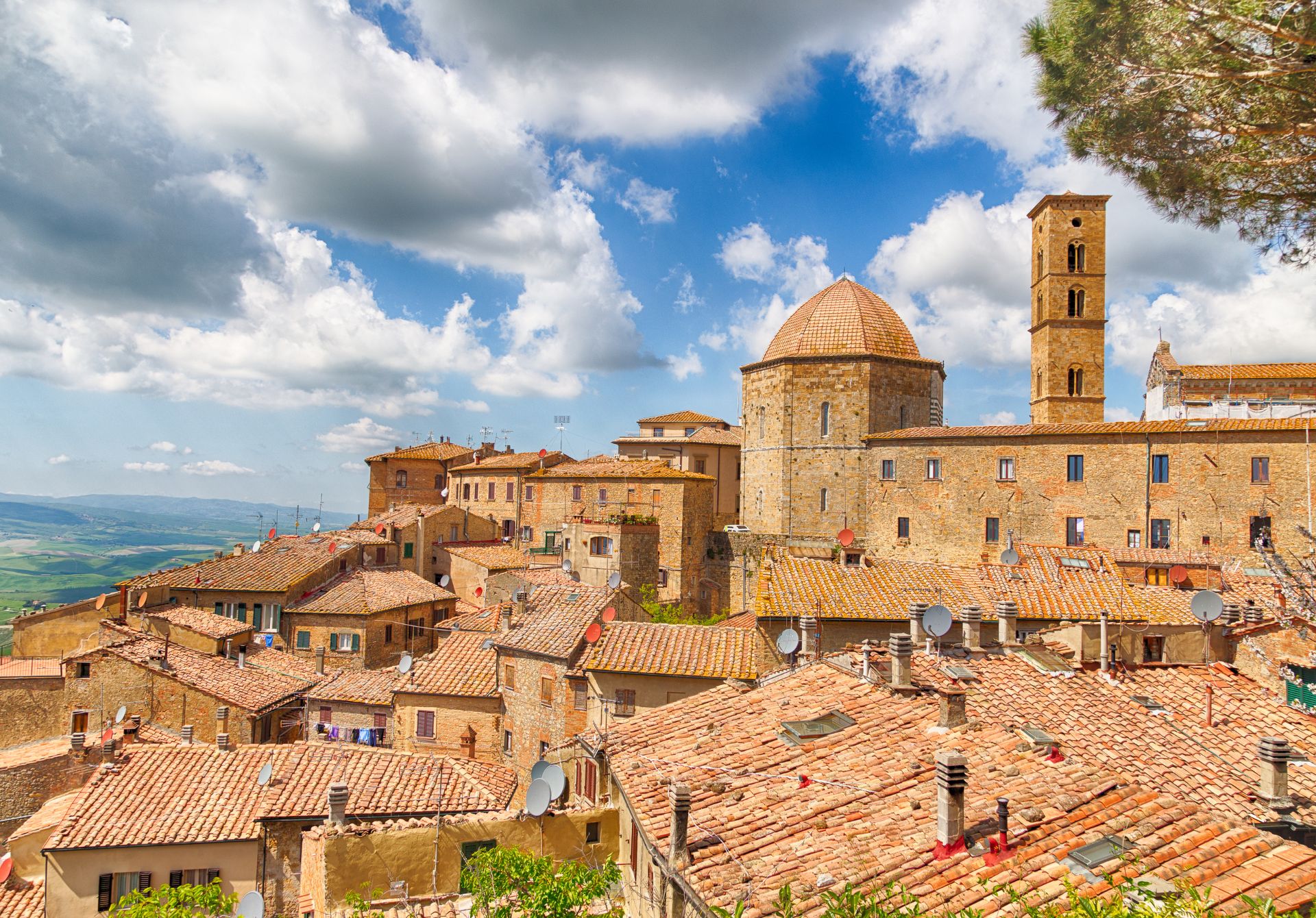Nestled in the rolling hills of Tuscany, Volterra stands as a testament to the enduring legacy of Italian civilization. This ancient Etruscan city, perched dramatically at an elevation of 541 meters, has witnessed over 3,000 years of continuous human settlement. Its strategic location provided natural defenses and panoramic views of the surrounding countryside, making it a pivotal urban center long before the Roman era.
Archaeological evidence suggests that Volterra was one of the most important Etruscan cities, known as Velathri, which was part of the influential Etruscan Dodecapolis—a confederation of twelve powerful city-states. The city’s archaeological museum houses an impressive collection of artifacts that illuminate the sophisticated culture of the Etruscan civilization, including intricate funerary urns, bronze sculptures, and rare inscriptions.
Architectural Marvels and Medieval Splendor
Volterra’s architectural landscape is a stunning palimpsest of historical periods. The city’s medieval core remains remarkably intact, with its imposing city walls, narrow cobblestone streets, and well-preserved Renaissance palazzos telling stories of centuries past. The Palazzo dei Priori, constructed between 1258 and 1266, remains Italy’s oldest functioning municipal palace, symbolizing the city’s long-standing tradition of civic governance.
The Romanesque Cathedral of Santa Maria Assunta, with its striking white marble facade, exemplifies the architectural brilliance of the medieval period. Dating back to the 12th century, the cathedral combines Romanesque and Gothic elements, showcasing the city’s artistic evolution through different historical epochs.
Economic Heritage: Alabaster and Artisan Craftsmanship
Volterra’s economic identity is intrinsically linked to its alabaster craftsmanship, a tradition dating back to Etruscan times. The city is renowned worldwide for its exceptional alabaster carving techniques, with generations of artisans transforming this translucent stone into exquisite sculptures, decorative objects, and functional art pieces. According to local cultural records, over 70% of Volterra’s traditional artisan workshops are dedicated to alabaster production.
Modern alabaster workshops continue to preserve these ancient techniques, offering visitors a unique opportunity to witness live demonstrations of this intricate craft. The Alabaster Museum provides comprehensive insights into the geological origins of the stone and the sophisticated techniques developed over millennia.
Cultural Significance and Contemporary Relevance
Beyond its historical charm, Volterra remains a vibrant cultural center. The city hosts numerous festivals throughout the year, including the famous Medieval Volterra AD 1398, which transforms the city into a living historical reenactment. During this event, locals don period costumes, and the streets come alive with traditional music, crafts, and culinary experiences that transport visitors back in time.
The city has also gained international recognition through literary and cinematic representations. Its atmospheric streets and mysterious ambiance inspired scenes in Stephenie Meyer’s “Twilight” saga, attracting a new generation of global tourists fascinated by its timeless beauty.

